Name Audrey Flack | Role Artist | |
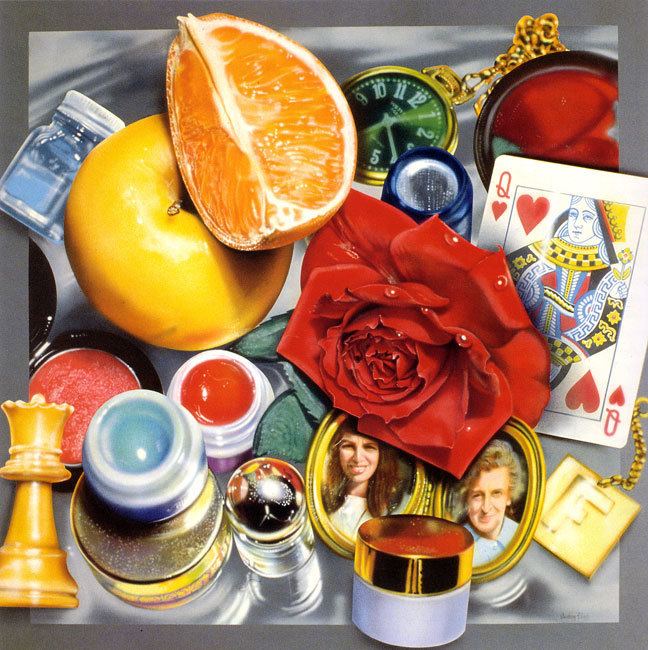 | ||
Artwork Abstract Force, Rich Art, Egyptian Rocket Goddess | ||
Audrey flack
Audrey L. Flack (born May 30, 1931 in New York City, New York) is an American artist. Her work pioneered the art genre of photorealism; her work encompasses painting, sculpture, and photography.
Contents
- Audrey flack
- Early life and education
- Career
- Photorealism
- Sculpture
- Solo exhibitions
- Public collections
- Legacy and honors
- References
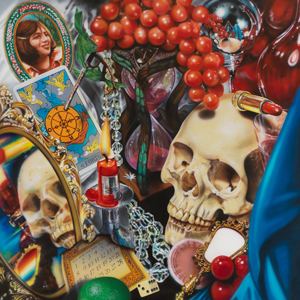
Flack has numerous academic degrees, including both a graduate and an honorary doctorate degree from Cooper Union in New York City. Additionally she has a bachelor's degree in Fine Arts from Yale University and attended New York University Institute of Fine Arts where she studied art history. In May 2015, Flack received an honorary Doctor of Fine Arts degree from Clark University, where she also gave a commencement address.
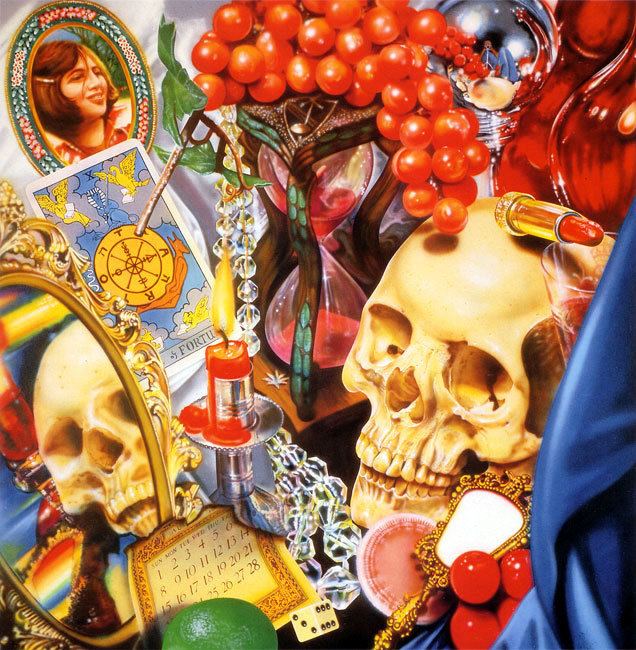
Flack's work is displayed in several major museums, including the Museum of Modern Art, the Metropolitan Museum of Art, the Whitney Museum of American Art, and the Solomon R. Guggenheim Museum. Flack's photorealist paintings were the first such paintings to be purchased for the Museum of Modern Art’s permanent collection, and her legacy as a photorealist lives on to influence many American and International artists today. J. B. Speed Art Museum in Louisville, Kentucky, organized a retrospective of her work, and Flack’s pioneering efforts into the world of photorealism popularized the genre to the extent that it remains today.
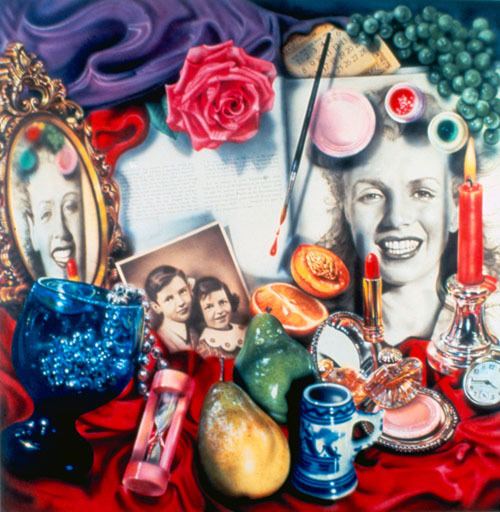
Audrey flack
Early life and education
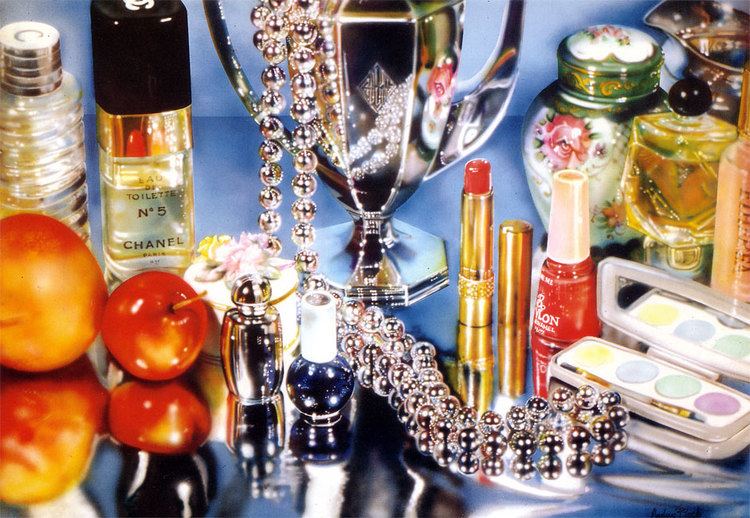
Flack attended New York's High School of Music & Art. She studied fine arts in New York from 1948 to 1953, studying under Josef Albers among others. She earned a graduate degree and received an honorary doctorate from Cooper Union in New York City, and a Bachelor of Fine Arts from Yale University. She studied art history at the Institute of Fine Arts, New York University.
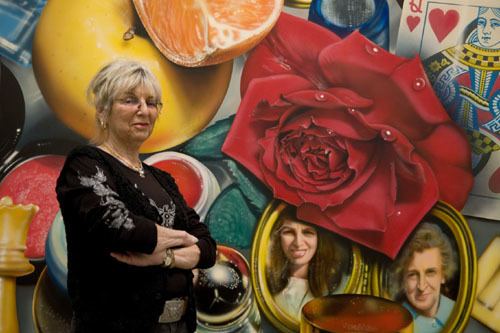
Career
Flack's early work in the 1950s was abstract; one such painting paid tribute to Franz Kline. The ironic kitsch themes in her early work influenced Jeff Koons. But gradually, Flack became a New Realist and then evolved into photorealism during the 1960s. She was the first photorealist painter to be added to the collection of the Museum of Modern Art in 1966.
The critic Graham Thompson wrote,
"One demonstration of the way photography became assimilated into the art world is the success of photorealist painting in the late 1960s and early 1970s. It is also called super-realism, radical realism, or hyper-realism and painters like Richard Estes, Chuck Close, and Audrey Flack as well, often worked from photographic stills to create paintings that appeared to be photographs."
Art critic Robert C. Morgan writes in The Brooklyn Rail about Flack's 2010 exhibition at Gary Snyder Project Space, Audrey Flack Paints a Picture, "She has taken the signs of indulgence, beauty, and excess and transformed them into deeply moving symbols of desire, futility, and emancipation."
Flack has claimed to have found the photorealist movement too restricting, and now gains much of her inspiration from Baroque art.
Flack is currently represented by the Louis K. Meisel Gallery and Hollis Taggart Galleries. Her work is held in the collections of major museums around the world, including the Metropolitan Museum of Art, The Museum of Modern Art, the Solomon R. Guggenheim Museum, the Whitney Museum of American Art and the National Gallery of Australia in Canberra, Australia.
She was awarded the St. Gaudens Medal from Cooper Union, and the honorary Albert Dome professorship from Bridgeport University. She is an honorary professor at George Washington University, is currently a visiting professor at the University of Pennsylvania and has taught and lectured extensively both nationally, and internationally.
In 1986 Flack published Art & Soul: Notes on Creating, a book expressing some of her thoughts on being an artist.
Flack lives and works in New York City and Long Island.
Photorealism
Audrey Flack is best known for her photorealist paintings. The genre, taking its cues from Pop Art, incorporates depictions of the real and the regular, from advertisements to cars to cosmetics. Flack's work brings in everyday household items like tubes of lipstick and, most commonly, fruit. These inanimate objects often disturb or crowd the pictorial space, which are often composed as table-top still lives. Flack often brings in actual accounts of history into her photorealist paintings, such as World War II' and Kennedy Motorcade.
Sculpture
Audrey Flack's sculpture is often overlooked in light of her better-known Photorealist paintings. In this interview, Flack discusses the fact that she is self-taught in sculpture. She incorporates religion and mythology into her sculpture rather than the historical or everyday subjects of her paintings.
